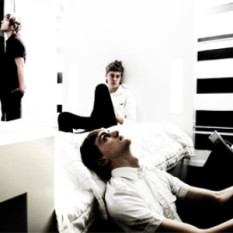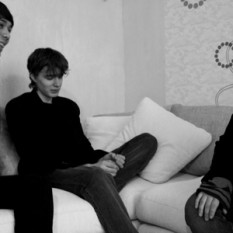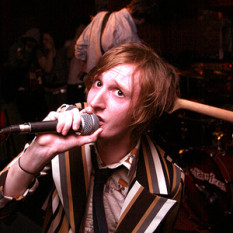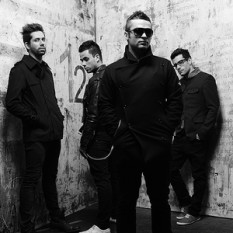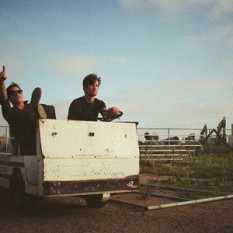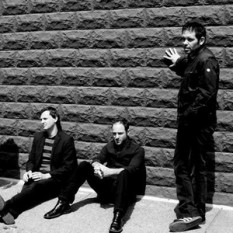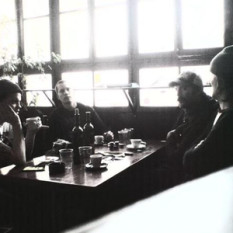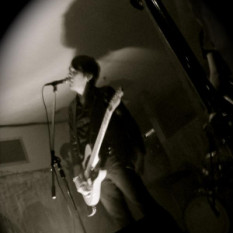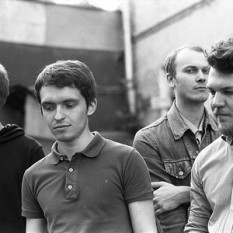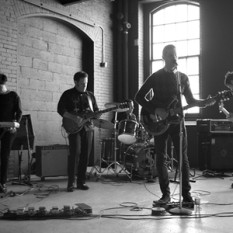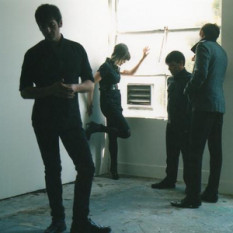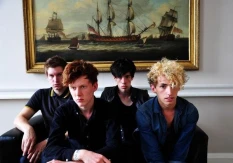The post-punk revival was a development of the late 20th and early 21st centuries in which bands took inspiration from the original sounds and aesthetics of post-punk of the late 1970s. New Wave music of the 1980s has also influenced the post-punk revival.
Originally, the term "post-punk" was coined to describe those groups which in the late 1970s and early 1980s took punk and started to experiment with more challenging musical structures, lyrical themes, and a self-consciously art-based image, while retaining punk's initial iconoclastic stance, such as Joy Division, The Cure, Public Image Ltd., Gang of Four and Echo & the Bunnymen. At the turn of the century, the term "post-punk" began to appear in the music press again, with a number of critics reviving the label to describe a new set of bands that shared some of the aesthetics of the original post-punk era. The Rapture, The Strokes, The Killers, The Bravery, Arctic Monkeys, Interpol, Franz Ferdinand, and Bloc Party were the first commercially successful projects to revive media interest in the movement. This second wave of post-punk incorporates elements of dance music and genres that are part of dance punk in much the same way that the original post-punk movement was influenced by Krautrock, Dub, and Disco of the 1970s. Music critic Simon Reynolds notes that many of these bands draw particular influence from the more angular strain of post-punk such as Wire and Gang of Four. However, other post-punk revivalists such as Interpol, Editors and White Lies are more clearly indebted to the atmospheric wing of post-punk epitomized by Echo & The Bunnymen and Joy Division. .

